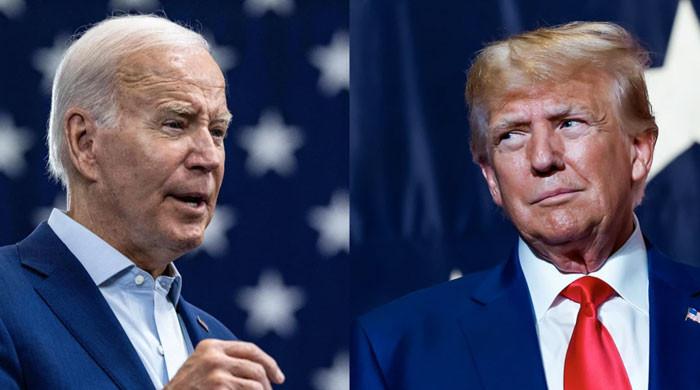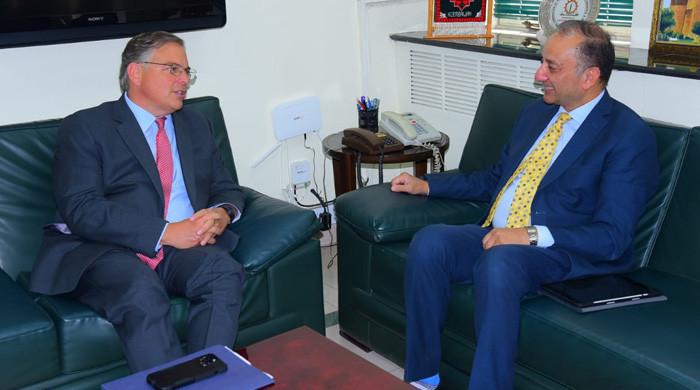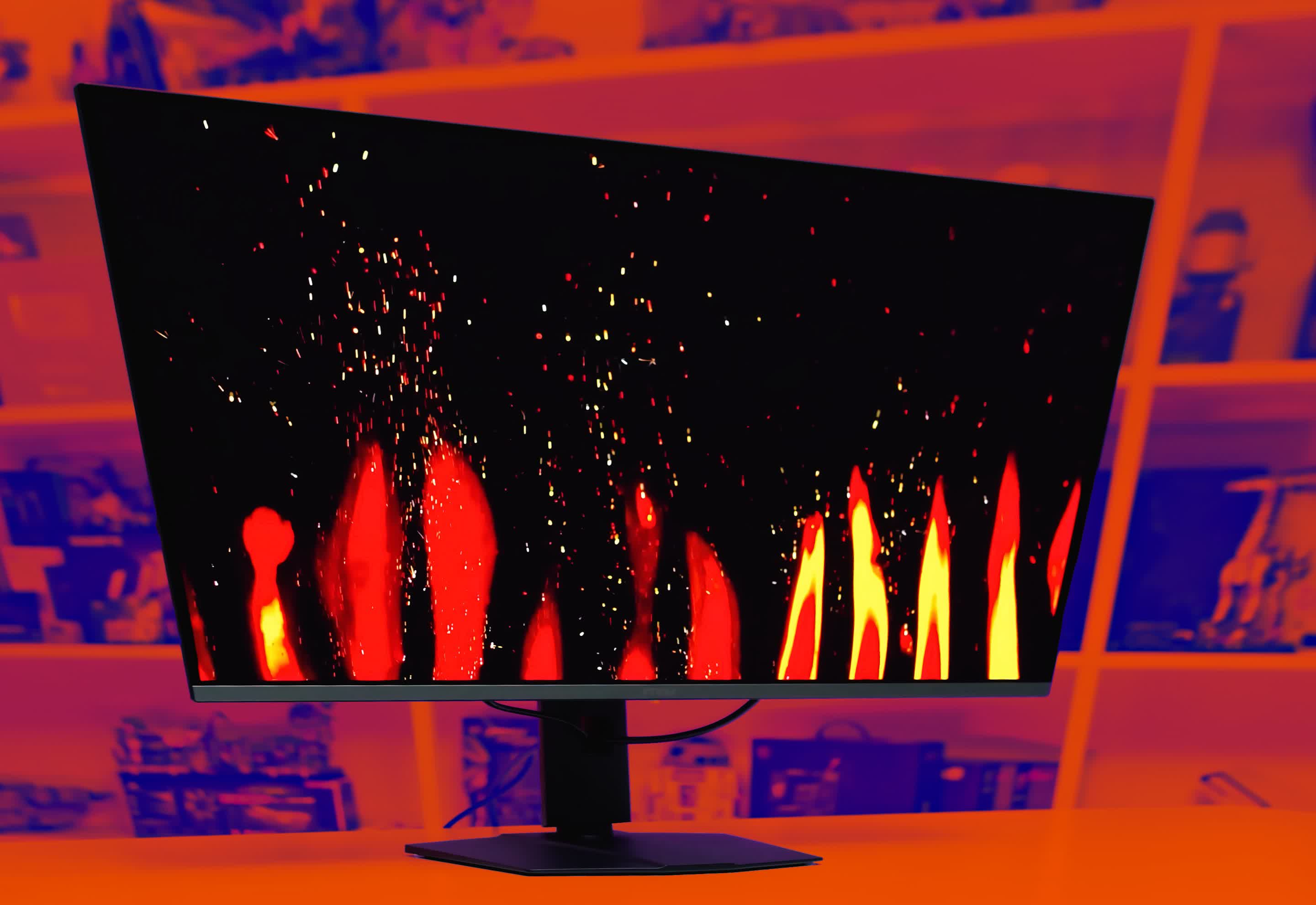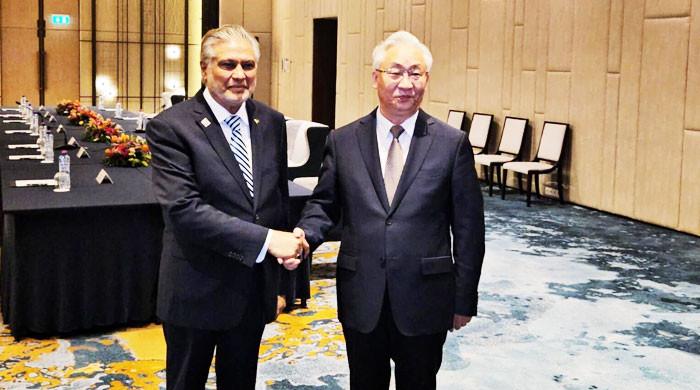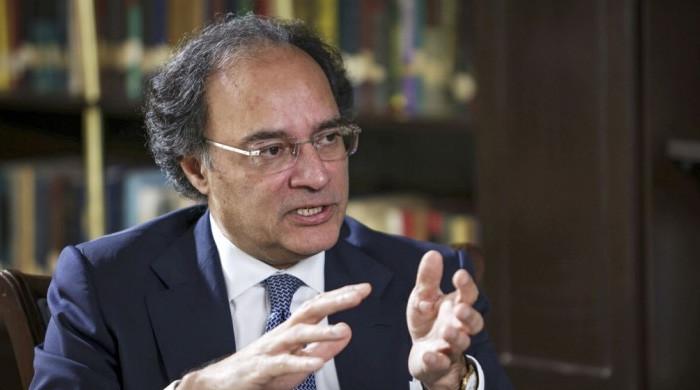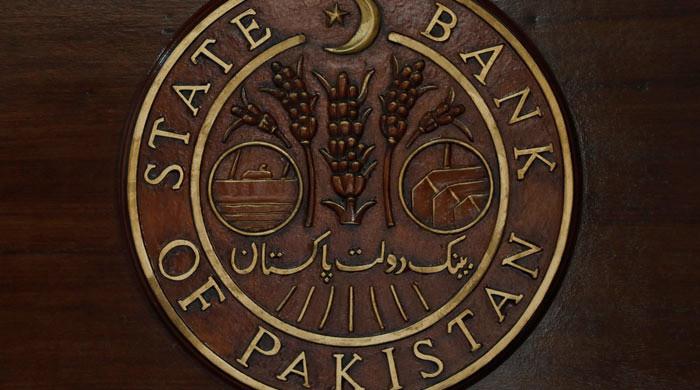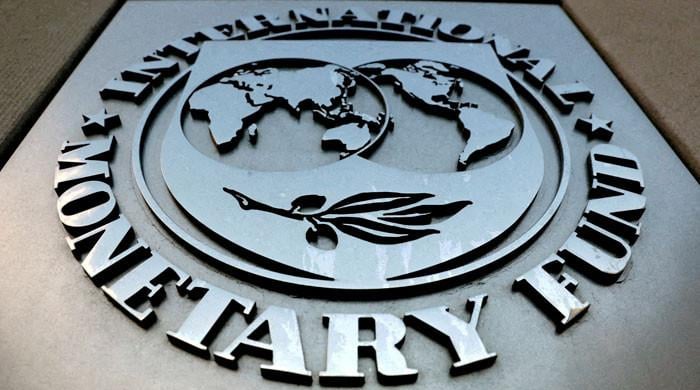[ad_1]
How high can they go? That’s the question patients and front-line health-care workers must be asking themselves as wait times for emergency room visits in Winnipeg hit record levels in December.
The median wait time to see an ER physician hit a fresh high of four hours in December, according to new data released last week. It’s the first time it’s reached that psychological level, at least since the Winnipeg Regional Health Authority began publishing monthly ER wait times in 2014. Median wait times that year hovered around two hours.
The province made progress reducing ER wait times around that time. Between 2014 and 2017, waits in Winnipeg fell to 1.5 hours. More capacity was added to the system and a new electronic bed-mapping system was introduced. That, among other steps, freed up more space on medical wards for ER patients waiting for a bed. It allowed ER physicians and nurses to see more patients quicker because they didn’t have to tend to as many people warehoused on gurneys in their department.
Unfortunately, the gains made during those years were wiped out when the former Progressive Conservative government consolidated hospital operations in 2017 and cut funding for acute-care facilities. The median wait time returned to two hours by early 2018. It fell during the COVID-19 pandemic as patients were reluctant to visit ERs. But it shot up again to two hours by the spring of 2021. It jumped to three hours the following year.
Between May 2022 and December 2023, the median wait time soared to a staggering four hours and is showing no sign of revering course.
Many ER patients wait longer than that. The median wait time is the point at which half of patients wait longer and half wait less to see a physician or a nurse practitioner. The 90th-percentile wait time, the longest wait for nine out of 10 patients, is far higher. It also hit a record high in December of nearly 11 hours.
It’s a bit early to blame the new government for the most recent surge in ER wait times. The NDP had been in power only a few weeks when the December data was compiled. The latest wait times are clearly the result of the Tories’ disastrous health-care policies.
Still, the NDP has not articulated how it plans to solve the problem created by its predecessors. The province has made vague pledges to increase bed capacity and redirect low-acuity patients away from ERs to minor-treatment clinics (which studies have shown has little to no impact on ER wait times).
Health Minister Uzoma Asagwara has announced more funding to increase bed space at some hospitals. But there have been few details on how those beds will be staffed.
The minister also unveiled plans to hire more front-line workers to expand discharge operations at several hospitals to free up beds on weekends. That will help, but it’s not nearly enough.
Even if government manages to increase bed capacity marginally at Winnipeg hospitals, it won’t solve the overcrowding crisis. There are many factors driving what hospital physicians call “access block,” when the demand for staffed beds outstrips supply. History shows that increasing bed capacity alone is not the answer.
That’s what happened after the NDP won the 1999 election. The province immediately opened more hospital beds but did nothing else to alleviate overcrowding. The result: the new beds filled up almost overnight and hospitals were back to Square 1.
Health officials took a different tack more than a decade later. They found ways to reduce the average length of time patients stayed in hospital, freed up beds quicker (in some cases by improving communication between wards) and transferred long-term patients out of hospital to alternative facilities, or through expedited and improved home care.
There was a culture shift.
It wasn’t the result of a single action. It was a collective effort, a daily focus on how to mitigate access block and speed up patient flow through hospital wards. Health officials didn’t allow it to just become an ER problem, as it is now.
That culture shift appears to have been lost. Consolidation and funding cuts under the Tories caused so much disruption to the system, the focus on reducing access block is not as front and centre as it once was.
The NDP government will have to rekindle that culture if it wants to bring ER wait times back to where they were a decade ago.
tom.brodbeck@freepress.mb.ca

Tom Brodbeck
Columnist
Tom has been covering Manitoba politics since the early 1990s and joined the Winnipeg Free Press news team in 2019.
Maqvi News #Maqvi #Maqvinews #Maqvi_news #Maqvi#News #info@maqvi.com
[ad_2]
Source link






